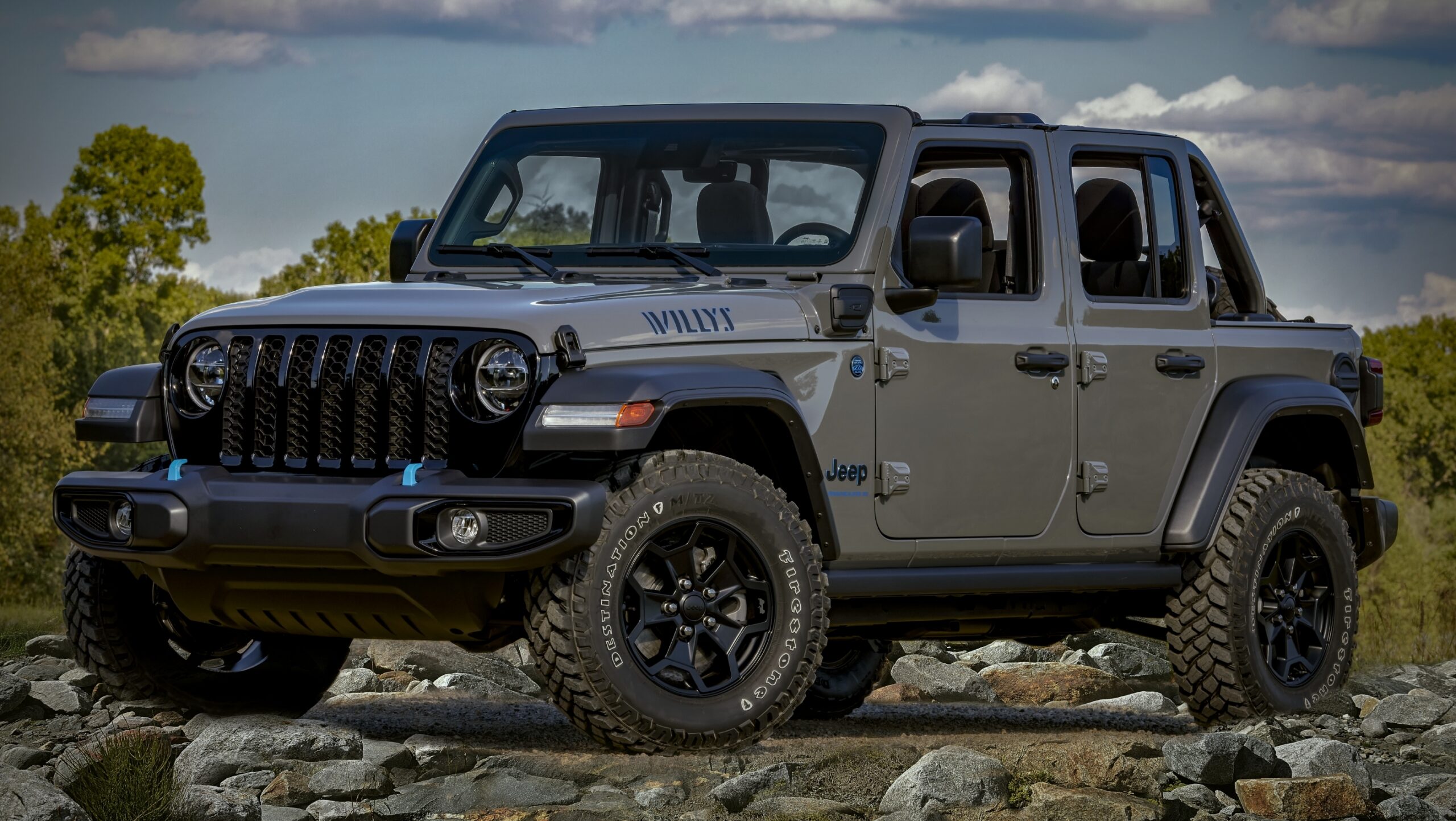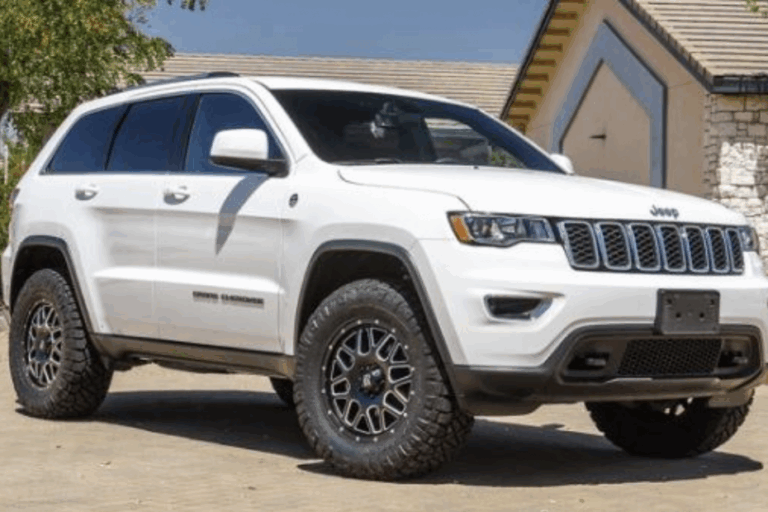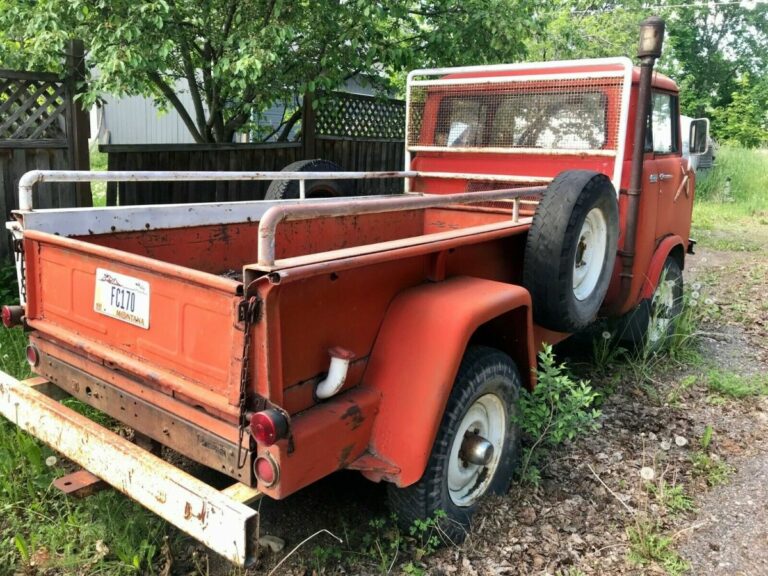Jeep Wrangler 2 Door Curb Weight: Unpacking the Foundation of Capability
Jeep Wrangler 2 Door Curb Weight: Unpacking the Foundation of Capability jeeps.truckstrend.com
The Jeep Wrangler is more than just a vehicle; it’s a symbol of adventure, freedom, and unparalleled off-road prowess. For enthusiasts and prospective owners, understanding its specifications is crucial, and among the most fundamental of these is curb weight. Specifically, for the iconic 2-door Wrangler, curb weight is not just a number on a spec sheet; it’s a critical factor influencing everything from fuel efficiency and on-road handling to its legendary off-road capabilities and payload capacity.
In this comprehensive guide, we’ll delve deep into the world of the Jeep Wrangler 2 Door Curb Weight, exploring what it means, why it matters, the factors that influence it, and how it impacts your driving and off-roading experience. Whether you’re a seasoned Jeeper or considering your first Wrangler, this article will provide the insights you need to truly appreciate the engineering behind this rugged machine.
Jeep Wrangler 2 Door Curb Weight: Unpacking the Foundation of Capability
Understanding Curb Weight: More Than Just a Number
At its core, curb weight refers to the total weight of a vehicle with all its standard equipment, including a full tank of fuel and all necessary fluids (engine oil, coolant, brake fluid, etc.), but without passengers, cargo, or aftermarket accessories. Essentially, it’s the weight of the vehicle as it rolls off the assembly line, ready to be driven.
For the 2-door Jeep Wrangler, curb weight is particularly significant because it’s often seen as the nimble, agile variant compared to its 4-door counterpart. A lighter curb weight generally translates to better acceleration, more responsive handling, and potentially improved fuel economy. In the off-road world, it can affect everything from how easily the vehicle floats over sand to its ability to climb steep inclines without bogging down. It also directly impacts the vehicle’s available payload and towing capacity, as these are calculated by subtracting the curb weight from the Gross Vehicle Weight Rating (GVWR) and Gross Combined Weight Rating (GCWR), respectively.
Factors Influencing 2-Door Wrangler Curb Weight
The curb weight of a 2-door Jeep Wrangler isn’t static; it varies considerably based on several key factors. Understanding these variables helps explain the differences you might see between various trims and configurations.
Engine Type
The engine is one of the heaviest components in any vehicle. The 2-door Wrangler offers a range of powertrains, each with its own weight implications:
- 3.6L Pentastar V6: This naturally aspirated engine is a popular choice and generally represents a mid-range weight option.
- 2.0L Turbo I4: Often slightly lighter than the V6 due to its smaller displacement and more compact design, though the added turbocharger components can balance this out.
- 6.4L V8 (Rubicon 392): While primarily available in the 4-door variant, if a special 2-door version were to exist or be custom-built, this engine would significantly increase the curb weight due to its larger displacement and more robust supporting components.

Transmission

Both manual and automatic transmissions are offered, and they have subtle weight differences:
- 6-Speed Manual: Generally lighter than an automatic transmission, offering a slight weight saving.
- 8-Speed Automatic: While heavier than the manual, its efficiency gains can sometimes offset the minor weight penalty in terms of overall performance.

Trim Level and Standard Equipment
The trim level chosen has a substantial impact on curb weight due to the standard equipment included:
- Sport/Sport S: These are typically the lightest 2-door Wrangler trims as they come with more basic features and fewer heavy-duty components. A soft top is often standard, which is lighter than a hardtop.
- Willys: Adds some off-road enhancements like larger tires and rock rails, slightly increasing weight.
- Rubicon: The Rubicon trim is designed for extreme off-roading, incorporating heavier, more robust components such as stronger axles (e.g., Dana 44s), larger all-terrain tires, heavy-duty suspension, electronic sway bar disconnects, and often steel rock rails and bumpers. These additions significantly increase its curb weight compared to lower trims.
Optional Equipment and Accessories
Beyond trim levels, various optional features and accessories can add considerable weight:
- Hardtop vs. Soft Top: A removable hardtop adds a substantial amount of weight (typically 100-200 lbs) compared to a fabric soft top.
- Power Features: Power windows, door locks, and premium audio systems add wiring, motors, and larger speakers, contributing incrementally to weight.
- Advanced Safety Features: Sensors, cameras, and additional structural reinforcements for safety features can add a few pounds.
- Factory Upgrades: Steel bumpers, winches (even factory-installed ones), and heavy-duty towing packages all contribute to a higher curb weight.
The Evolution of Weight: From CJ to JL
The Jeep Wrangler’s lineage dates back to the Willys MB, and its weight has steadily increased over the generations. Each iteration has brought new features, improved safety standards, and enhanced comfort, often at the expense of added mass:
- CJ Series (e.g., CJ-7): Relatively lightweight, basic, and focused purely on utility.
- YJ (1987-1995): Slightly heavier with more creature comforts and safety features.
- TJ (1997-2006): Introduced coil springs for a better ride, adding some weight.
- JK (2007-2017): A significant leap in size, safety, and comfort. The 2-door JK was notably heavier than its TJ predecessor.
- JL (2018-Present): While Jeep focused on weight reduction through the use of aluminum for doors, hood, and tailgate, the overall increase in technology, safety features, and structural rigidity means the JL 2-door still maintains a considerable curb weight, often similar to or slightly more than the JK, depending on the trim.
This evolution highlights a balancing act for Jeep: preserving the Wrangler’s rugged identity while meeting modern consumer demands and regulatory requirements.
Practical Implications of Curb Weight for the 2-Door Wrangler Owner
Understanding curb weight isn’t just academic; it has direct, tangible impacts on how your 2-door Wrangler performs and functions.
Fuel Economy
Generally, a lighter vehicle requires less energy to move, leading to better fuel efficiency. While no Wrangler is a fuel economy champion, a lighter 2-door model (e.g., a Sport with a soft top) will typically achieve better MPG figures than a heavier Rubicon with a hardtop and all the bells and whistles.
Off-Road Performance
This is where curb weight truly shines or presents challenges for the Wrangler:
- Maneuverability: A lighter 2-door Wrangler is inherently more agile and easier to maneuver in tight spots, which is a significant advantage on narrow trails.
- Flotation: In soft terrain like sand or mud, a lighter vehicle is less likely to sink, improving "flotation" and reducing the chances of getting stuck.
- Articulation and Suspension: While heavy-duty suspension is designed to handle weight, excessive weight can reduce available suspension travel and impact the vehicle’s ability to articulate over obstacles.
- Payload and Towing Capacity: Curb weight directly subtracts from the GVWR to determine payload capacity (how much weight you can carry inside, including passengers and cargo) and from the GCWR to determine towing capacity. A heavier curb weight means less capacity for gear, passengers, or a trailer.
On-Road Handling and Braking
On paved roads, curb weight influences ride quality, stability, and braking performance. A heavier vehicle can feel more planted but may exhibit more body roll in corners. Braking distances can also be slightly longer for heavier vehicles, though modern braking systems largely mitigate this.
Tips for Managing Your 2-Door Wrangler’s Weight
For those looking to optimize their 2-door Wrangler’s performance, especially for off-roading, managing weight is key.
- Remove Unnecessary Items: Before a trip, take out anything you don’t need. Every pound adds up.
- Choose Lightweight Aftermarket Parts: When upgrading, consider aluminum bumpers, skid plates, and wheels over their steel counterparts. While often more expensive, the weight savings can be significant.
- Soft Top for Daily Driving: If you have both a hardtop and a soft top, consider swapping to the soft top for daily use to save weight and improve fuel economy.
- Careful Accessory Selection: Think critically about every accessory you add. Do you really need that heavy roof rack if you rarely use it?
- Regular Maintenance: While not directly reducing curb weight, proper tire pressure and well-maintained suspension components ensure your Wrangler performs optimally, regardless of its weight.
Challenges and Solutions
Adding accessories to a Wrangler is almost inevitable, but it comes with a challenge: increasing curb weight, which can negatively impact performance.
- Challenge: Adding heavy steel bumpers, a winch, rock sliders, and larger tires can significantly increase your Wrangler’s effective curb weight, potentially pushing it beyond its optimal operating range. This can lead to reduced payload, compromised handling, and accelerated wear on suspension and drivetrain components.
- Solution:
- Upgrade Suspension: If you add significant weight, consider upgrading to heavier-duty springs and shocks designed to handle the increased load. This restores ride height and improves handling.
- Re-gear Axles: Larger, heavier tires require more effort from the engine. Re-gearing your axles can compensate for this, restoring lost power and improving fuel efficiency.
- Upgrade Brakes: For substantial weight increases, consider upgrading to larger brakes for improved stopping power and safety.
- Prioritize Function: Be realistic about what you need versus what looks cool. Every pound counts.
Jeep Wrangler 2 Door Curb Weight: Approximate Values (JL Generation)
The following table provides approximate curb weight ranges for popular 2-door Jeep Wrangler JL trims. Please note that exact weights can vary slightly based on specific options, model year, and factory tolerances. These figures are for the vehicle with a full tank of fuel and all standard fluids.
| Model Year | Trim Level | Engine | Transmission | Approximate Curb Weight (lbs) | Approximate Curb Weight (kg) | Notes |
|---|---|---|---|---|---|---|
| 2018-2024 | Sport | 3.6L V6 | 6-MT / 8-AT | 3,950 – 4,050 | 1,792 – 1,837 | Lightest trim, often with soft top. |
| 2018-2024 | Sport S | 3.6L V6 | 6-MT / 8-AT | 4,000 – 4,100 | 1,814 – 1,860 | Adds some convenience features. |
| 2018-2024 | Willys | 3.6L V6 | 8-AT | 4,100 – 4,200 | 1,860 – 907 | Off-road tires, rock rails. |
| 2018-2024 | Sport | 2.0L I4 | 8-AT | 4,000 – 4,100 | 1,814 – 1,860 | Similar to V6 Sport, often slightly more. |
| 2018-2024 | Sport S | 2.0L I4 | 8-AT | 4,050 – 4,150 | 1,837 – 1,882 | Similar to V6 Sport S. |
| 2018-2024 | Rubicon | 3.6L V6 | 6-MT / 8-AT | 4,250 – 4,400 | 1,928 – 1,996 | Heavy-duty axles, larger tires, off-road tech. |
| 2018-2024 | Rubicon | 2.0L I4 | 8-AT | 4,300 – 4,450 | 1,950 – 2,018 | Rubicon features with 2.0L engine. |
Note: These weights are approximate and can vary based on specific factory options (e.g., hardtop vs. soft top, specific tire choices, optional packages) and model year updates. Always consult your vehicle’s owner’s manual or official specifications for precise figures.
Frequently Asked Questions (FAQ) about Jeep Wrangler 2 Door Curb Weight
Q1: What is the lightest 2-door Jeep Wrangler available?
A1: Generally, the lightest 2-door Wrangler is a Sport or Sport S trim with the 3.6L V6 engine and a manual transmission, equipped with a soft top and minimal optional features.
Q2: How much weight does a hardtop add to a 2-door Wrangler compared to a soft top?
A2: A hardtop typically adds between 100 to 200 pounds (45 to 90 kg) to the overall curb weight compared to a soft top.
Q3: Does adding aftermarket accessories significantly increase my Wrangler’s curb weight?
A3: Yes, absolutely. Heavy steel bumpers, winches, rock sliders, roof racks, and larger, heavier tires can collectively add several hundred pounds, significantly increasing the vehicle’s curb weight.
Q4: Why is curb weight important for off-roading?
A4: Curb weight impacts off-roading by affecting flotation in soft terrain (lighter is better), maneuverability in tight spaces, and the vehicle’s ability to handle obstacles without excessive strain on the suspension and drivetrain. It also directly influences payload capacity for gear.
Q5: Can I reduce my 2-door Wrangler’s curb weight?
A5: Yes, you can. Strategies include removing unnecessary items from the vehicle, opting for lightweight aftermarket components (e.g., aluminum bumpers instead of steel), and choosing a soft top over a hardtop for daily use.
Conclusion
The Jeep Wrangler 2 Door Curb Weight is far more than a technical specification; it’s a fundamental aspect of the vehicle’s character and capability. It dictates how the Wrangler performs on and off the road, influences fuel economy, and sets the limits for what you can carry or tow. By understanding the factors that contribute to this weight and its practical implications, owners can make informed decisions about their vehicle’s configuration, modifications, and how they use it.
Whether you prioritize ultimate agility, maximum payload, or a balance of both, being mindful of your 2-door Wrangler’s curb weight empowers you to truly optimize your adventure machine. The spirit of the Wrangler lies in its go-anywhere attitude, and knowing its weight is key to ensuring it can always take you where you want to go, efficiently and effectively.



